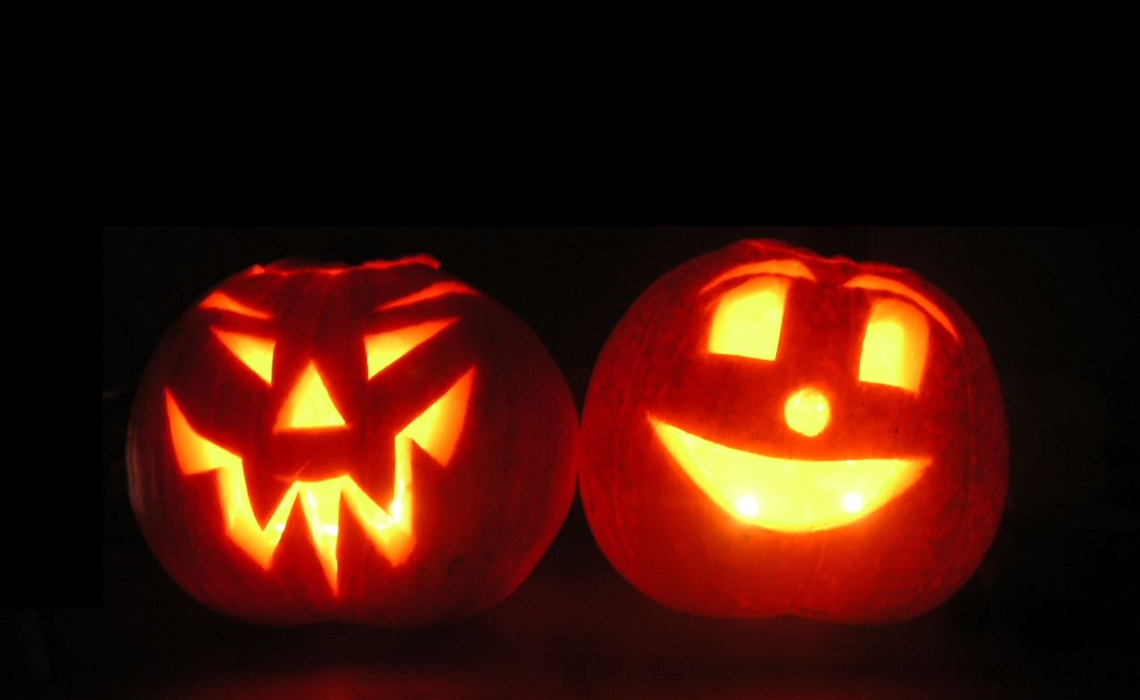Table of Contents Show
With holidays come festive decorations, parties, outfits, food — and music. Music has been a defining component of celebrating Christmas, for instance. With Halloween around the corner, people may take to Spotify or Google to find Halloween music filled with just the right amount of spooky sounds to celebrate on October 31st. But why is it that we don’t often see new dark music going mainstream? Why can Ariana Grande and Justin Bieber put out new Christmas music that gets integrated into the yearly radio hits, but only older songs like “Thriller” and “Monster Mash” serve as staples for Halloween?
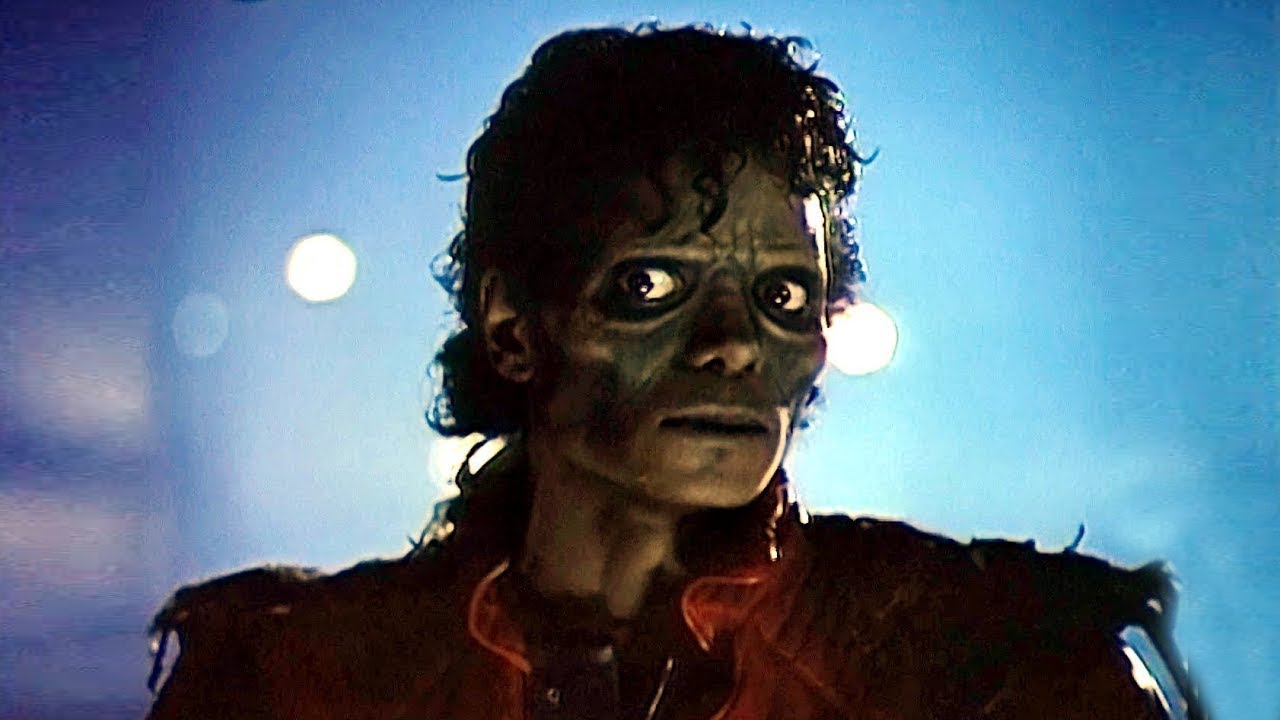
The easy answer would be that people simply aren’t making new Halloween music hits like Christmas hits. After all, Christmas is a holiday associated with happiness and joy. At the same time, Halloween embodies terror and death, so it makes sense why Ariana Grande isn’t jumping at the chance to darken her brand of pop with the grim reaper. But to say that scary music hasn’t been getting an update every decade is simply untrue: bands like London After Midnight and Horror Vacui have put out spooky music well into the 2000s and 2010s, yet most people have probably never heard of either of them.
This is because they’ve been branded as gothic artists, obsessed with the darker sides of the human experience, and anything but mainstream. Halloween music doesn’t get new mainstream hits each year like Christmas music does because the bulk of people making spooky music are firmly associated with the gothic: typically only celebrated and shared by a niche group of people that embraces counterculture over pop culture.
What Is Goth Music?
As a goth myself, I’ve had people ask me this question countless times: isn’t ‘goth’ just a style? For whatever reasons, the gothic subculture has come to be associated primarily with dark clothes and a love for Halloween. Maybe this is because the token goth in TV and movie productions is often depicted as dreary and obsessed with death, with no mention of music. But the gothic style originated — and is still firmly tied to — a music subculture. In fact, some might even argue that you don’t have to “look” goth to be goth; you have to like the music.
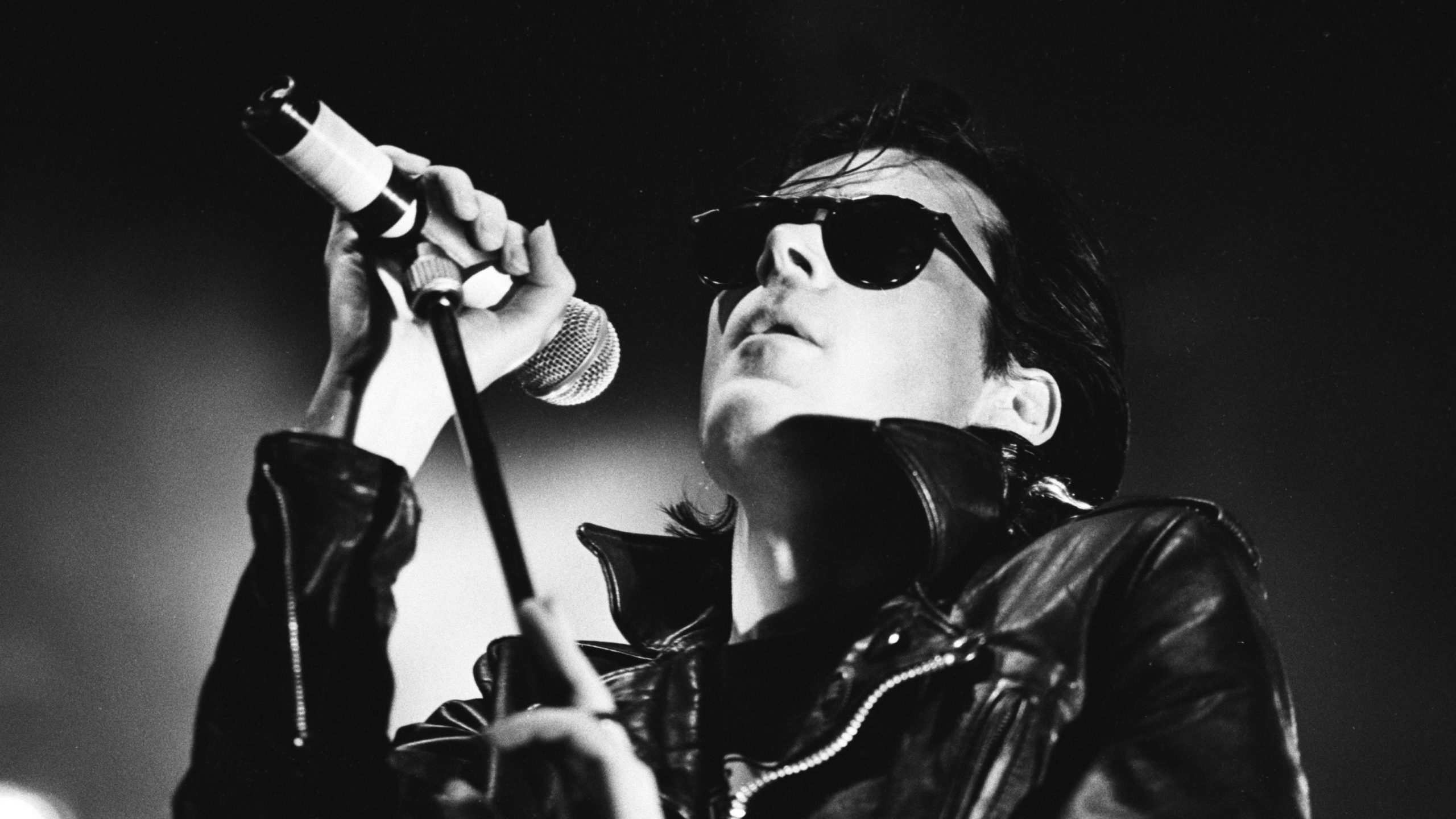
Goth, like other alternative music genres such as emo, punk, scene, and metal, has a set of musical traditions that define any one song as gothic. Where metal is associated with heavy guitar playing and growling or screaming vocals, goth is associated with the use of synths, eerie-sounding vocals, minor and bass guitar chords, and a melancholic feeling.
The Origins Of Goth
But where did the music come from? Goth music, associated with the term “post-punk,” actually grew out of the punk movement in the late ’70s and early ’80s. Where punk music delved into feelings of anger and frustration, goth music was concerned more with the sad and melancholy. A scene formed throughout the ’80s, with traditional goths bumping vinyl or CDs like The Cure and The Sisters Of Mercy, wearing DIY leather and fishnet outfits, and going out to goth clubs to meet likeminded people and enjoy the subculture’s music.
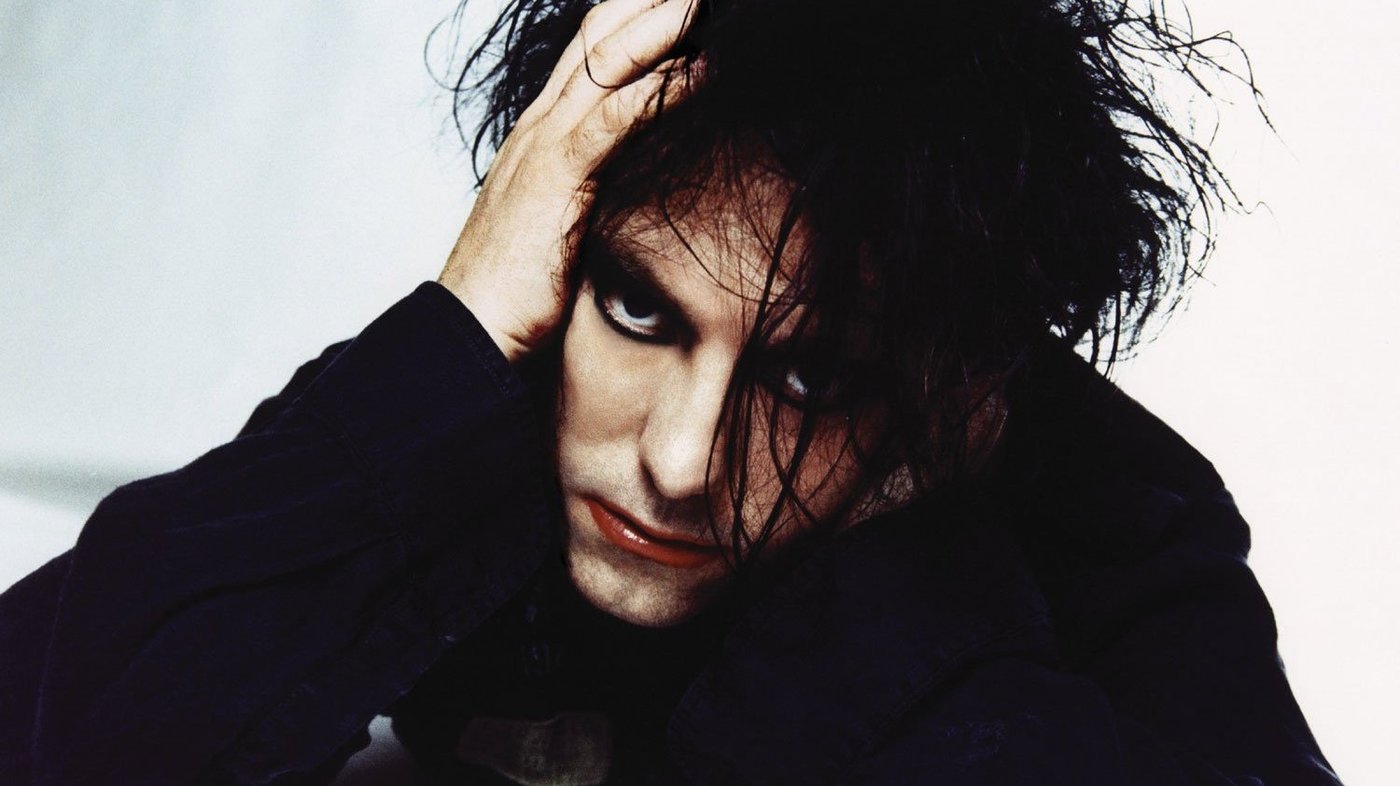
It was also so new — and so strange — that some goth bands even denied their status as goths. Robert Smith of The Cure claimed that they were never goth, as did Andrew Eldritch, The Sisters Of Mercy’s lead singer, even though these are two bands that are now considered quintessential to the subculture (along with Bauhaus, Joy Division, and Siouxie and the Banshees). Andrew Eldritch even seemed embarrassed to be associated with the goth movement.
What Goth Music Is Today
Obviously, it’s been a few decades since the ’80s. But even though many goth clubs no longer exist and the subculture’s numbers have dwindled, gothic music is still alive and well. In today’s age, bands like Drab Majesty, Horror Vacui, and Lebanon Hanover are making and releasing music that invokes an authentic goth sound. Goth is an umbrella term in the same way that metal is (i.e., you can have subgenres of metal like black metal, death metal, nu-metal, metalcore, and more). Therefore, goth music between the ’80s and now can refer to subgenres like gothic rock, gothic metal, ethereal goth, etc.
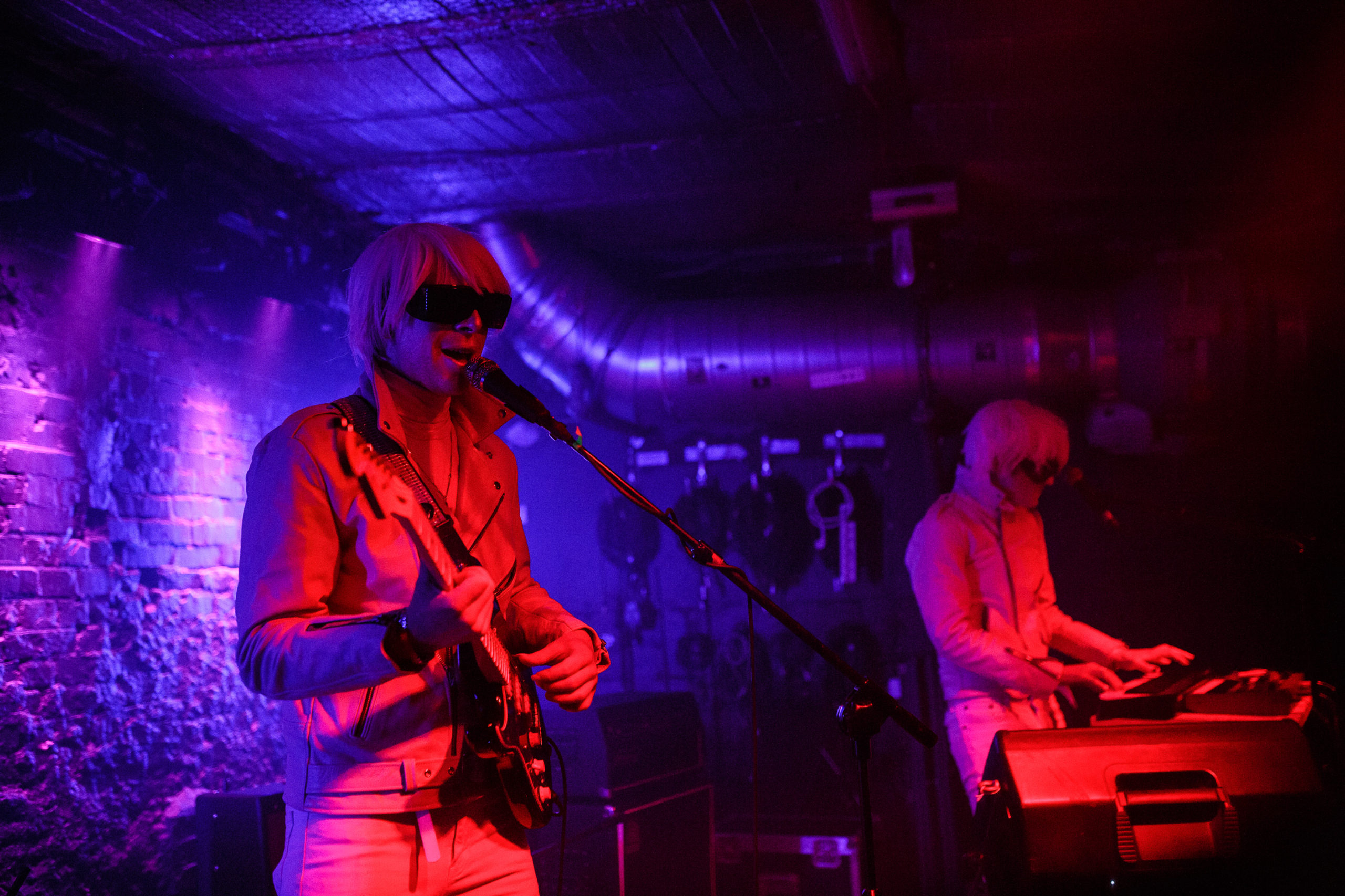
With so much room for creativity and genre-blending and so much time between the ’80s and now, there’s no shortage of goth music waiting to be discovered.
Why Mainstream Halloween Music Shies Away From The Subculture
Then, there must be a reason why there is an abundance of goth music that brings Halloween to life across entire albums, but this music is rarely played openly during the spooky season. If songs like Paralysed Age’s “Bloodsucker” and London After Midnight’s “Black Cat” exist, songs about vampires and graveyards and mischief, why do they not consistently make Halloween music playlists?
It could very well be that most people have never heard of these bands or their music. Paralysed Age isn’t exactly making the radio like Ariana Grande, Justin Bieber, or Mariah Carey. Plus, given that so many people I’ve spoken to have never heard of goth music and often mistakenly associate goth people with screamo or metal, I think it’s safe to say that many people don’t even know the genre exists as a whole.
In terms of Halloween music, Goth’s obscurity could also be because goth, at its very foundation, is an alternative subculture — indeed, counterculture. Christmas music is so mainstream that it plays on the radio and in department stores for an entire month. Christmas music has never been shunned from pop culture the way that goth music has.
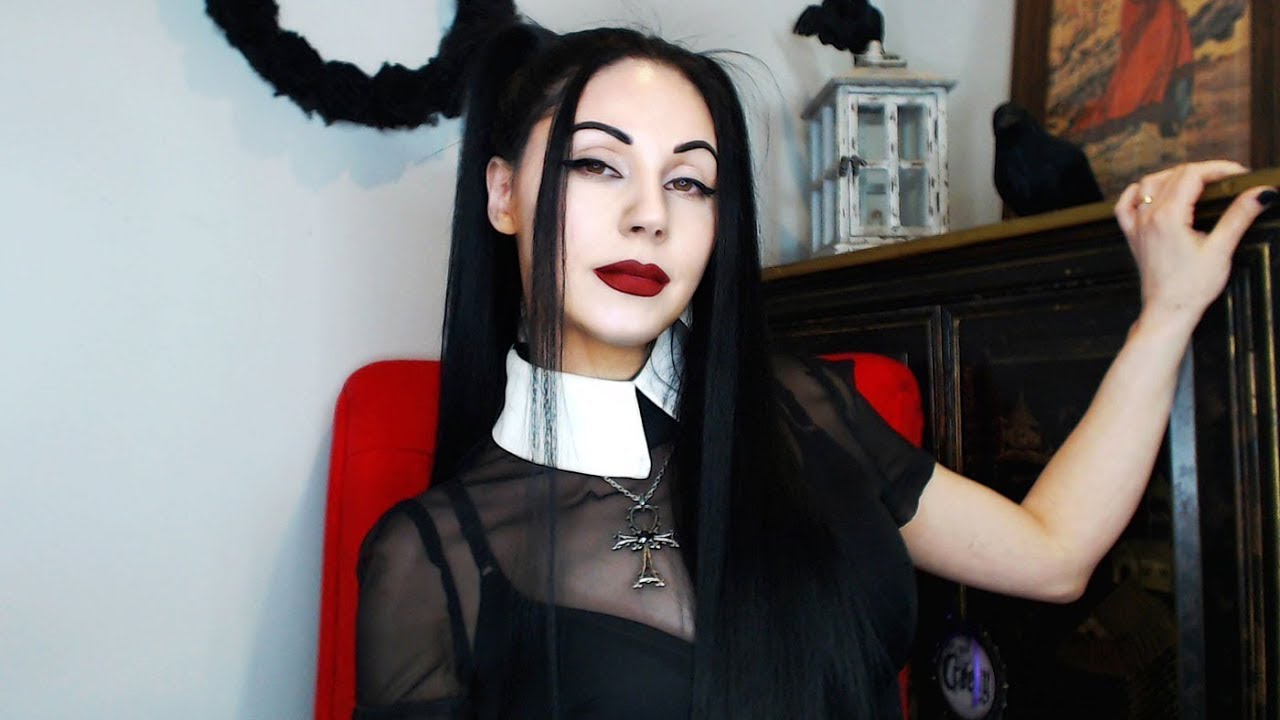
In fact, goths like Angela Benedict recall how terrifying it was to attend high school in the ’90s as an alternative kid: “We had something called ‘Beat the Freak Week,’ and it was basically… anybody that was of the alternative genre were basically subject to violent assaults. This was not pushing; this was not shoving; this was not bullying. People were getting airlifted to hospitals” (( Benedict, Angela. 2019. “In The 90s We Fought To Be Goth.” YouTube video, 10:59. Posted by “Angela Benedict,” March 23, 2019. )).
When the Columbine shooting occurred, mainstream media tried to blame Marilyn Manson’s music for the tragedy (you can read more about this on Kerrang! if you aren’t familiar with the story). The mainstream didn’t accept Goths before the turn of the century, and to this day, we’re still subject to harassment by strangers for the way we dress. Therefore, when people think of Halloween music, there may be multiple reasons why the gothic subculture’s music doesn’t come to mind. But what it all boils down to — the obscurity of the music, its forgotten association with modern goth people, the hesitance to accept goth into the mainstream in any way — is the fact that goth, from its inception, has always been alternative and counterculture.
If it’s the antithesis of what plays on the radio and what is widely selling and accepted by the masses, it’s no wonder mainstream Halloween music hasn’t had evolved very much beyond “Thriller” and “Monster Mash.” Those songs are a safe bet; introducing goth music isn’t.
Goth Songs To Add To Your Halloween Playlist This Year
If you want to freshen up your Halloween music selection with the very music genre that embodies Halloween, but you’re not sure where to start, you might try listening to these:
1. “Bloodsucker” — Paralysed Age
Paralysed Age’s album Empire Of The Vampire has multiple songs on it that could be great for Halloween music, including “Nocturne” and “Dark,” but “Bloodsucker” is the hit that most people would recognize. It’s a fun, fast-paced song about vampirism that really will take you into the empire of the vampire.
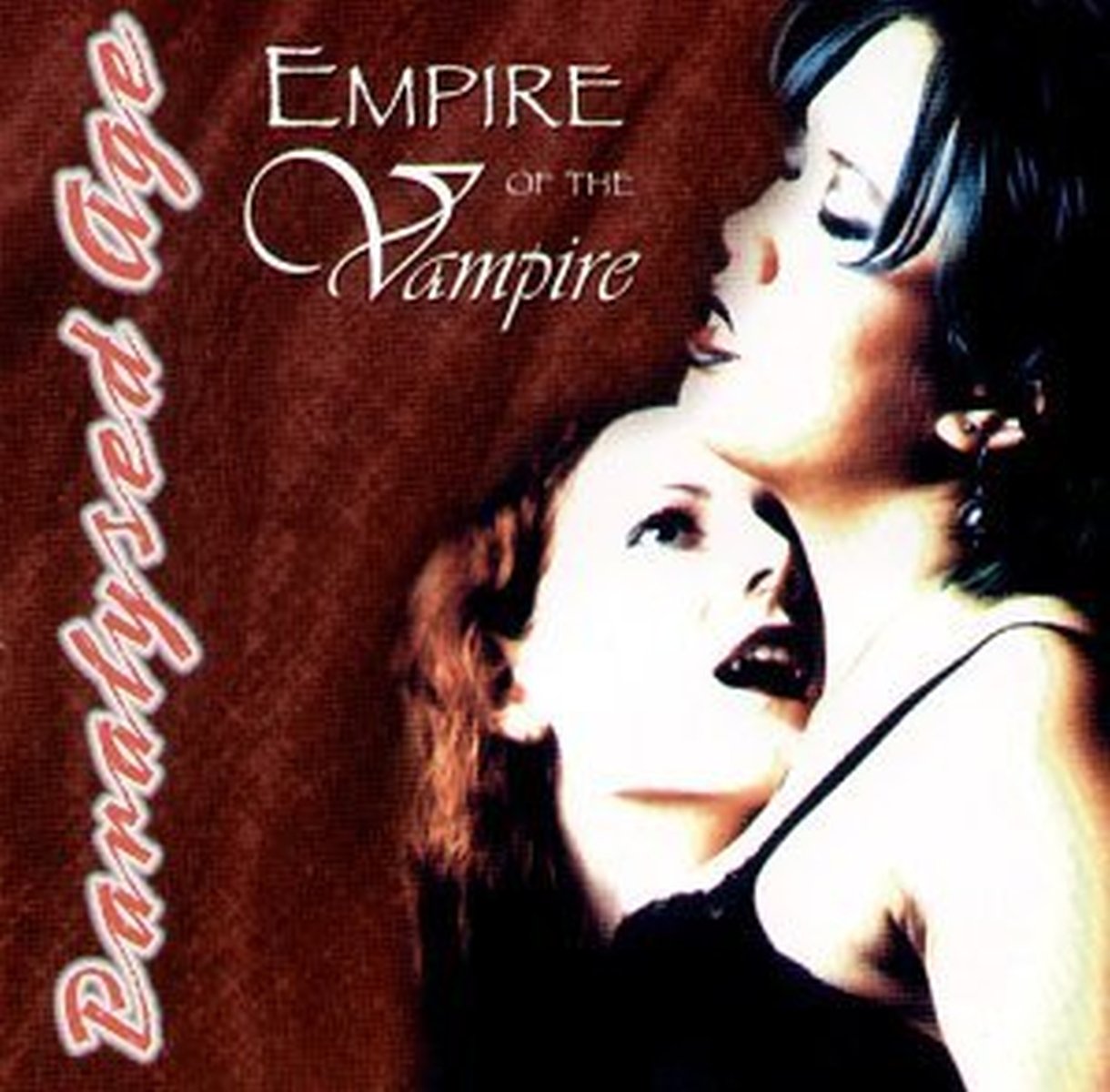
2. “Trick Or Treat” — London After Midnight
Like Paralysed Age, London After Midnight doesn’t only have one song that can work for a spooky playlist; however, “Trick Or Treat,” from their album Selected Scenes From The End Of The World, happens to be my personal favorite. The eerie voices of children saying the classic Halloween catchphrase usher the song in, and the creepy melody and menacing guitar chords drive it home.
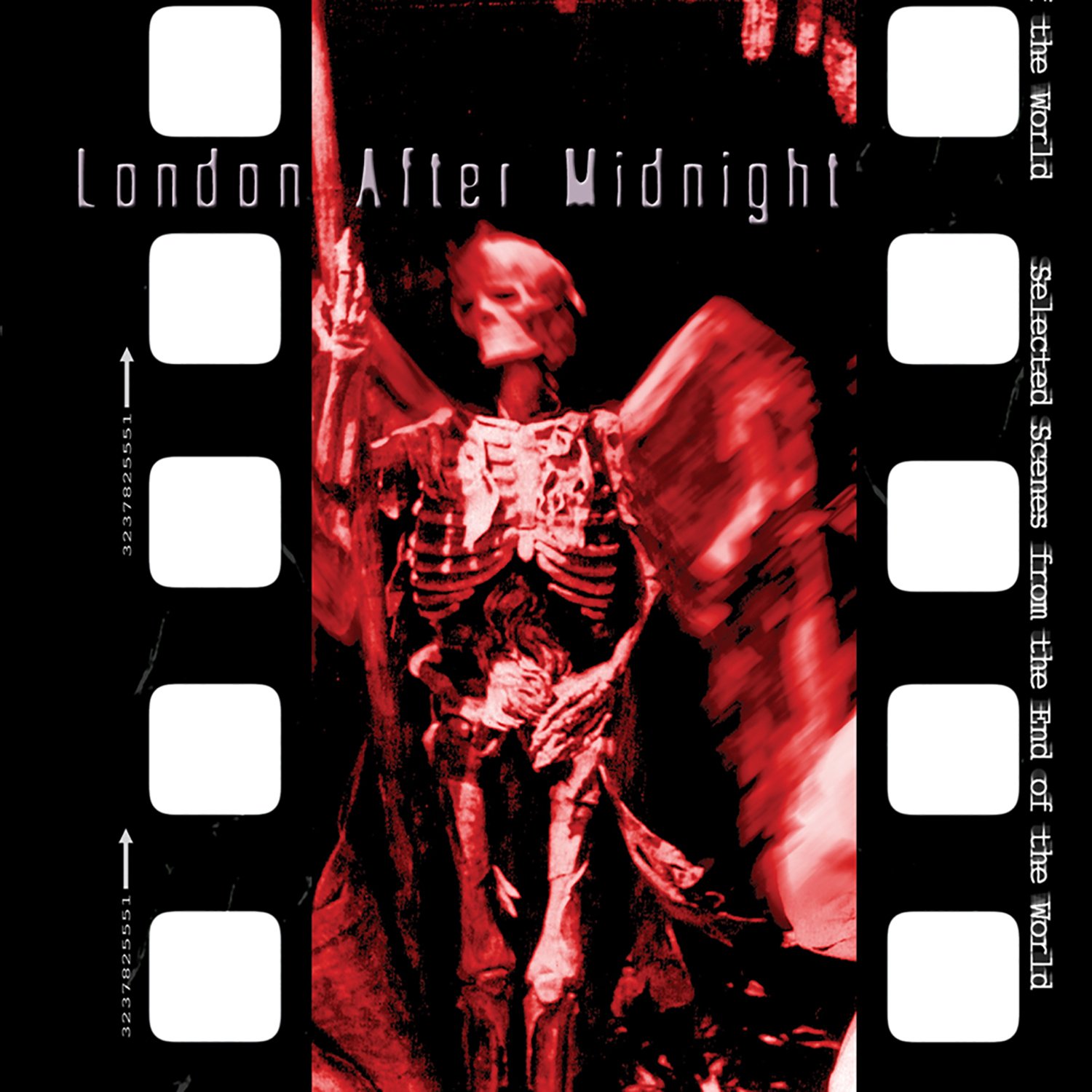
3. “Black No. 1 (Little Miss Scare-All)” — Type O Negative
Type O Negative is arguably one of the most popular goth metal bands from the 1990s, thanks largely to their iconic frontman, Peter Steele, and his unmistakable deep voice. “Black No. 1” is one of their most popular songs, not only from the album Bloody Kisses but from their entire discography. Peter sings about a love interest — an evil woman who loves all things spooky and can’t leave the house without making sure her hair is dyed black.
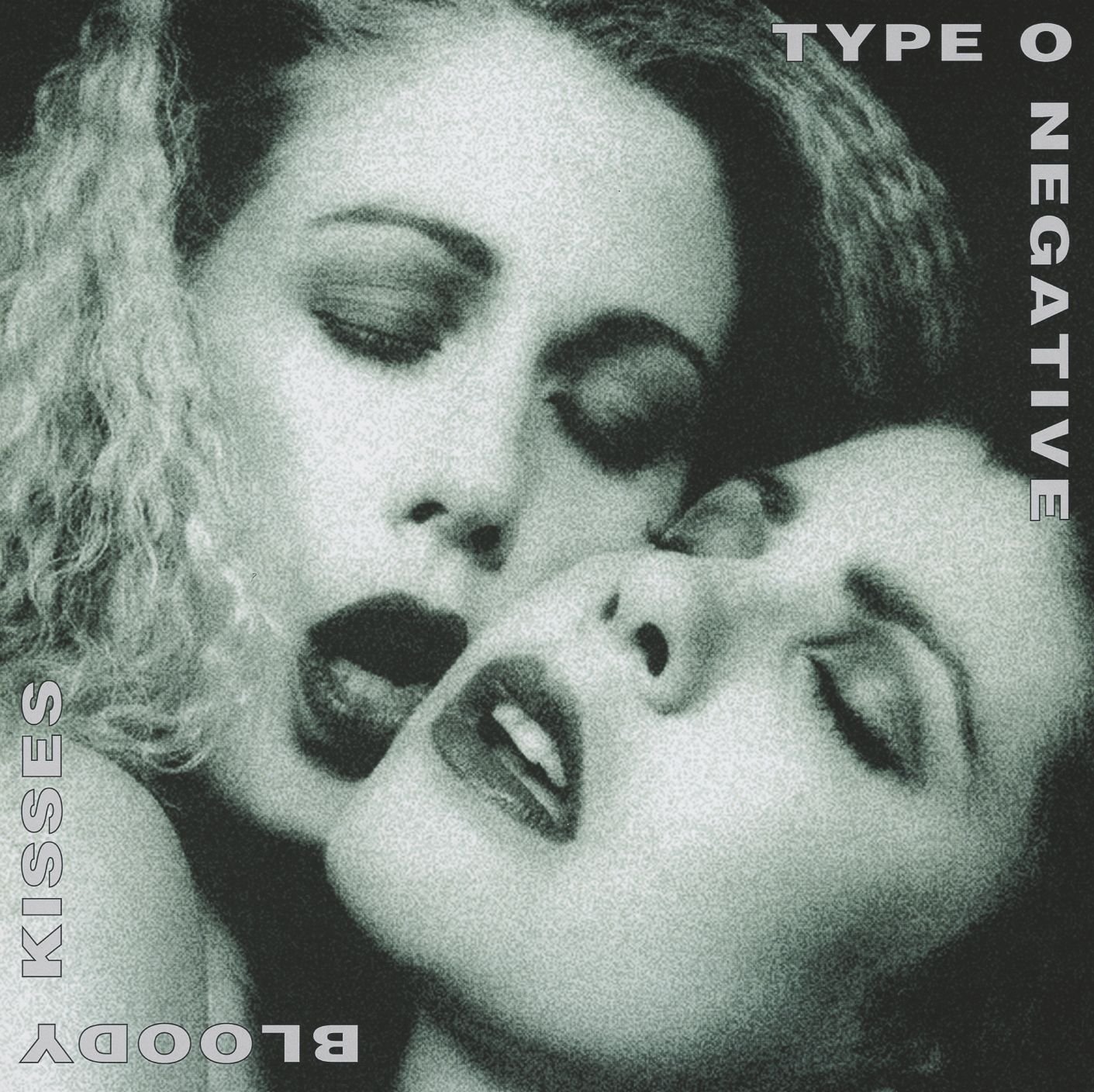
4. “Allegedly, Dancefloor Tragedy” — Suspiria
Some goth songs sound creepy and menacing, but Suspiria’s “Allegedly, Dancefloor Tragedy” has always made me want to dance. Its fast tempo and upbeat feel make for great Halloween music to let loose to, but the song also still maintains the melancholy and darkness that punctuate the subgenre.
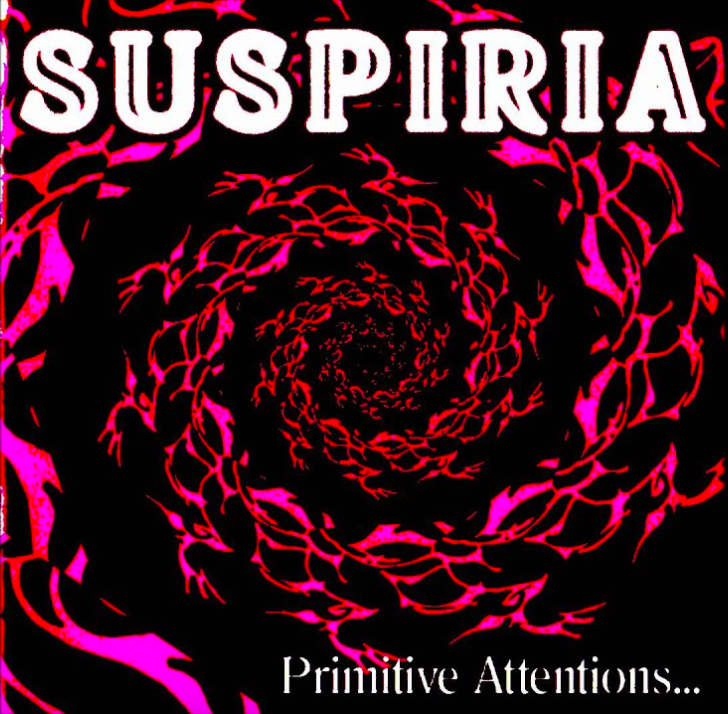
5. “Lucretia My Reflection” — The Sisters Of Mercy
There’s no better song to end on than “Lucretia My Reflection” by The Sisters Of Mercy. From their 1985 album Floodland, this song is a huge hit within the subculture and is one of their most popular, right up there with “Temple Of Love” and “More.” If we’re talking essential tracks to add to your Halloween music, this one certainly qualifies.
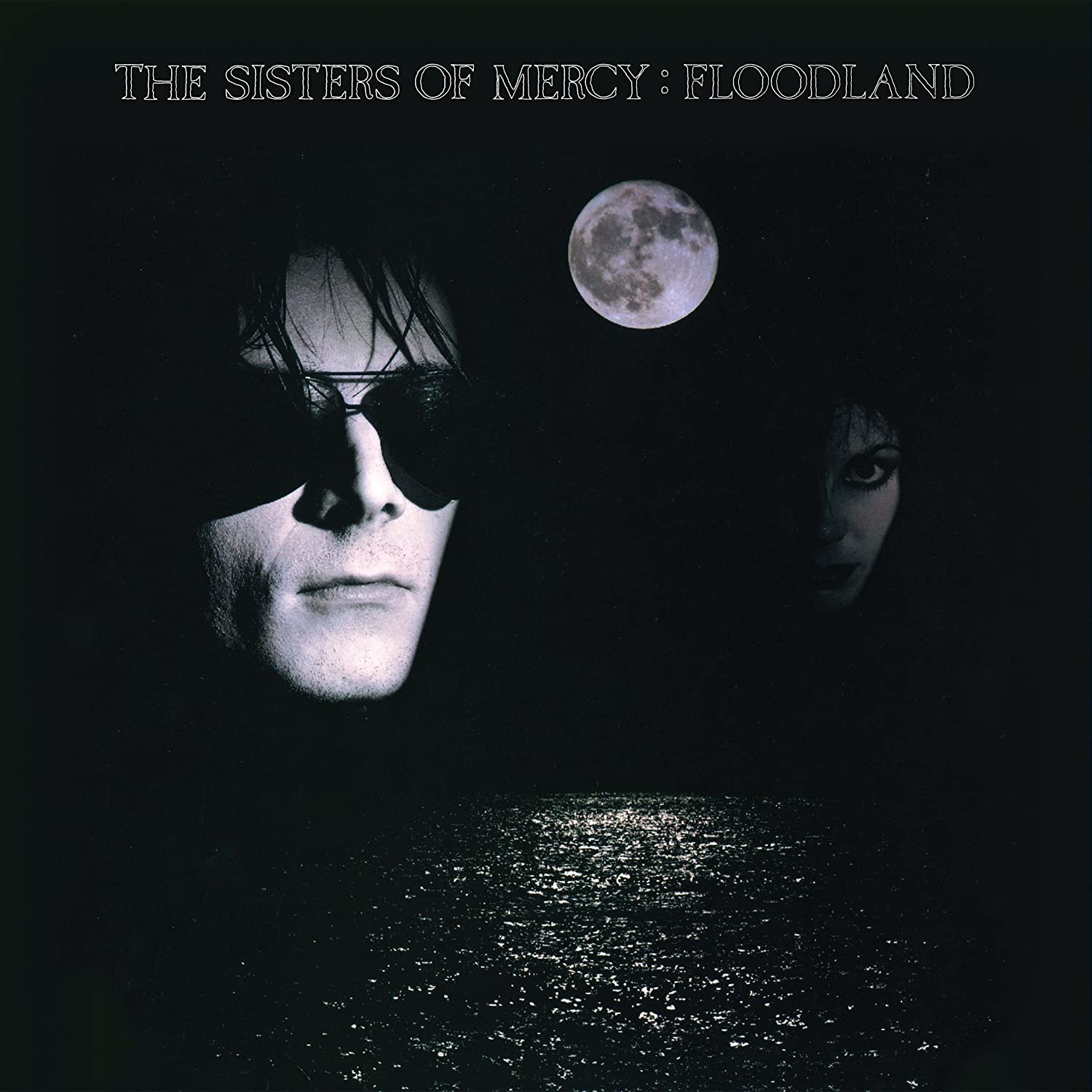
Even though gothic music will likely never make a huge dent in mainstream Halloween music, it’s undeniably one of the darkest music genres. But who knows? Maybe one-day Drab Majesty will make a hit so popular that it ends up on the charts around Halloween time the same way that Mariah Carey hits charts in December each year.
